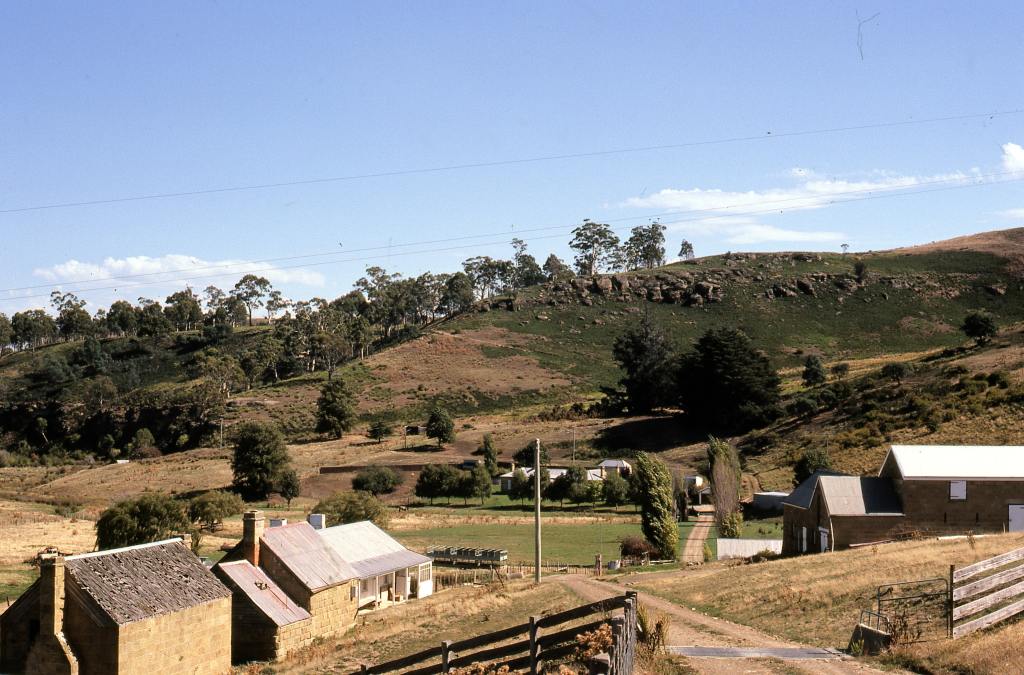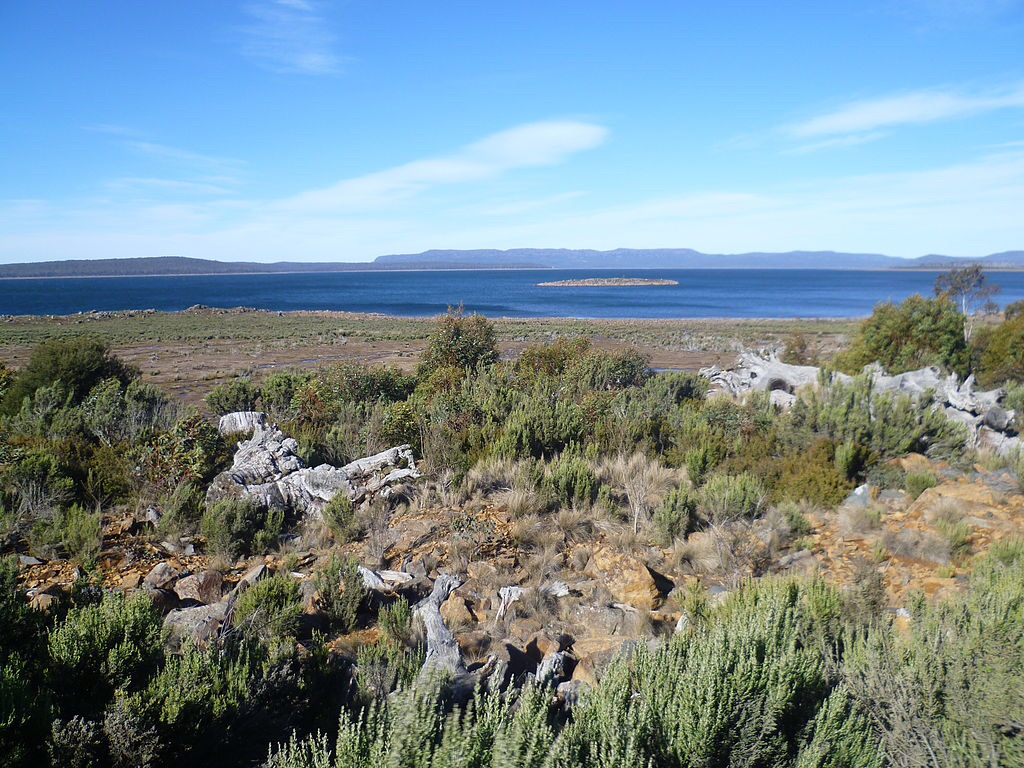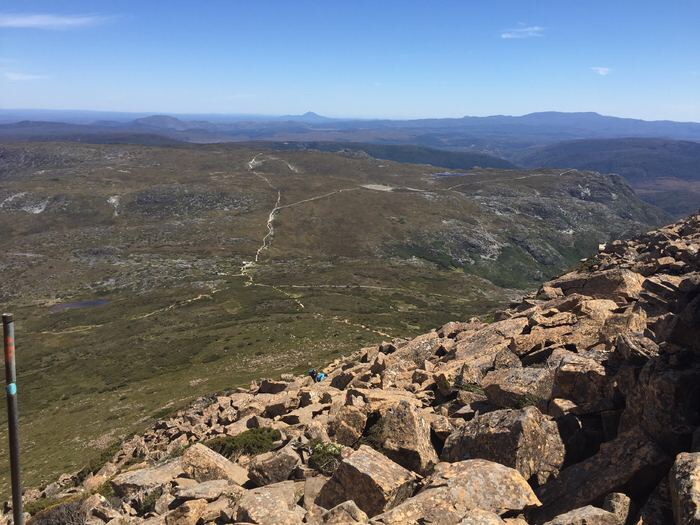There were many other adventurous folks that ventured up into the Central Highlands, probably even before Thomas Laycock, including Bushrangers who used the Central Highlands to hide from authorities. Predominately around the town of Bothwell, which provided them access to both the Central Plateau for hiding and the main road for bush ranging.

High Country Trappers ventured into the Central Plateau looking for kangaroos, wallabies, and possums. The meat and skins would then be sold, and it was quite profitable for them, as the cold weather resulted in thick winter pelts that were highly sought after.
Tasmanian Tiger hunters also ventured up seeking payment under the bounty scheme. In 1830 farmers pooled their money to pay for Tiger skins. Then in 1888, the Tasmanian government introduced a 1£ bounty for a full-grown Tiger and 10 shillings for a juvenile. This was done as the Tigers attacked and killed sheep and cattle.
Thomas Toombs was a ticket-of-leave convict who ventured up into the Central Plateau, and first sighted the Great Lake in 1815, and he informed people of this adventure many years later. A ticket-of-leave was awarded to convicts for good behaviour, who were able to support themselves, but they had to stay in a specified district, so he may have strayed outside that district when he sighted the Great Lake.

All of these folk built Mountain Huts, using the materials they could find in the surrounding area, to live in while they went about their business. Many of these Mountain Huts still remain today, with the Du-Cane Hut being the oldest still standing. It was built by Paddy Hartnett, who was a hunter, bush farmer, and one of the first tourist operators, who began taking tour groups in 1910. As he started to take more people through, he built a series of huts along a track that is now the Overland Track, which is a six-day hike along Tasmania’s most beautiful scenery from Cradle Mountain to Lake St Clair.

Building these huts started a proud tradition for Tasmania that continues today, although the shacks they are building these days are more like houses. In our younger days, my brother and I would go up Dooley’s Hill and we built many “huts” i.e. cubby houses.
Cradle Mountain
Cradle Mountain was originally called Ribbed Rock. However, in 1827, the Van Dieman’s Land Company surveyor Joseph Fossey was searching for a land route between Surrey Hills, near Burnie and the Central Plateau, when he saw a dramatic mountain peak, which he immediately named Cradle Mountain because of the dipping profile between the main summit and Little Horn.

The area was then really opened up by Kate and Gustav Weindorfer, who shared a love of nature and met in Victoria in 1902.
Kate was a Tasmanian and they then spent their honeymoon on Mount Roland in 1906. Four years later Gustav and his friend Ronald Smith climbed to the top of Cradle Mountain, where Gustav was so taken by the beauty that he declared
‘This must be a national park for the people for all time. It is magnificent, and people must know about it and enjoy it’.




That’s a great story and a bit of family history. Thanks for sharing. Great pics too.